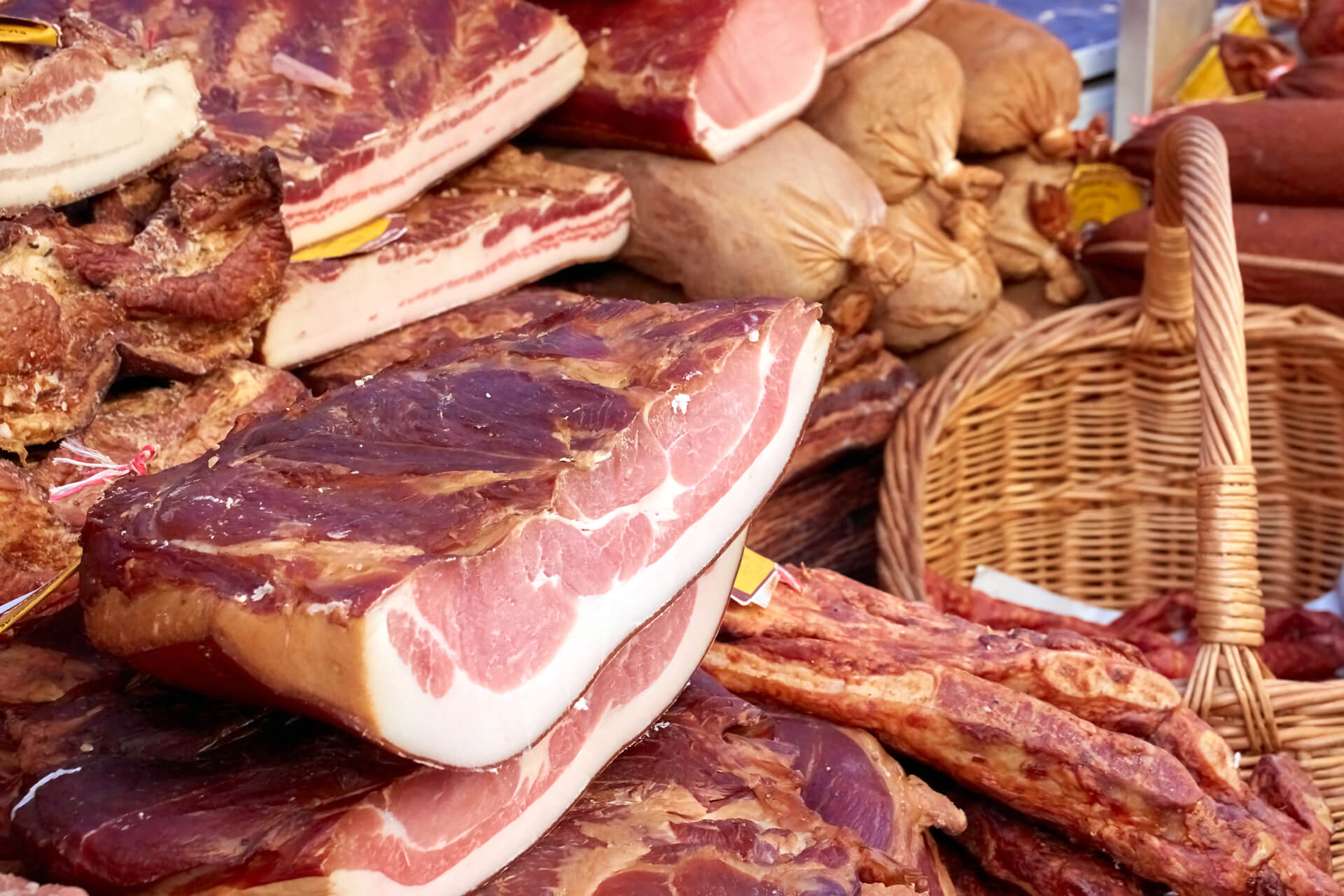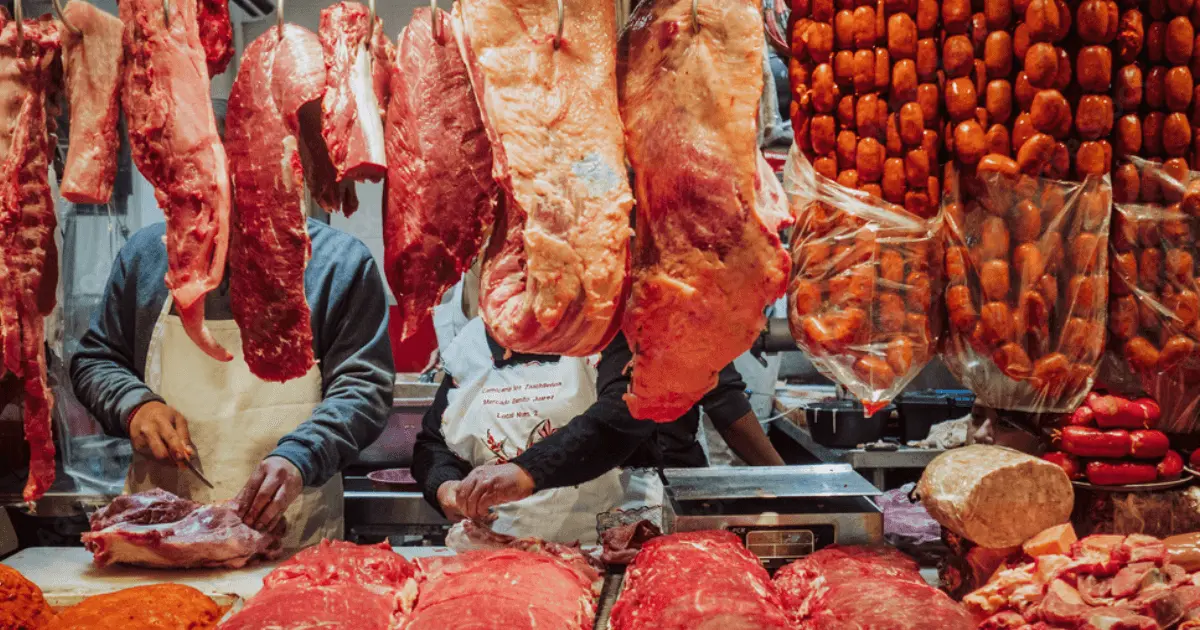Top Reasons to Shop at Bagley Farms Meat Market Edwardsville IL for Premium Meats
Top Reasons to Shop at Bagley Farms Meat Market Edwardsville IL for Premium Meats
Blog Article
Discover the Art of the Butcher's Cut in a Modern Meat Market
In the ever-evolving landscape of modern-day meat markets, the butcher's cut has transcended its traditional roots, combining olden craftsmanship with modern methods. What truly establishes the modern-day butcher apart is their capability to forge a much deeper link between customers and the origins of their meat.
Development of Butchery Techniques

The mid-20th century saw butchery strategies additionally fine-tuned by scientific insights right into muscular tissue biology and meat aging, improving both tenderness and taste. Technologies like vacuum cleaner packaging and refrigeration extended item shelf-life, permitting butchers to branch out offerings and improve quality control. This duration likewise marked the surge of specific equipment, such as band saws and meat slicers, which raised accuracy and efficiency in meat handling.
Electronic systems now help in monitoring pet provenance and enhancing cuts to fulfill particular consumer preferences. Furthermore, a resurgence in artisanal butchery has arised, mixing standard abilities with modern understanding to provide to customers seeking honest and lasting meat options.

Comprehending Meat Cuts

Comprehending the details of meat cuts is crucial for both butchers and consumers looking for top quality and worth. For butchers, specific cuts show ability and respect for the craft, ensuring marginal waste and ideal return.
The primary groups of meat cuts consist of primal, sub-primal, and retail cuts. Butchers after that break these down additionally into sub-primal cuts, before ultimately producing retail cuts offered to customers, like ribeye or tenderloin.
Recognizing muscle mass make-up is important; muscular tissues used a lot more regularly by the animal have a tendency to be harder and are best matched for slow cooking techniques, while less-used muscular tissues, like those found in the loin, are a lot more tender and perfect for grilling or roasting. Experience with these differences encourages customers to make educated options, boosting their culinary endeavors.
Choosing High Quality Meat
Choosing the right meat entails more than simply selecting a visually appealing item from the screen. The art of selecting top why not check here quality meat needs a discerning eye and understanding of particular attributes that indicate quality and excellence.
Second of all, think about the marbling, which describes the white flecks of fat within the muscle. Appropriate marbling is a key sign of tenderness and taste, as it melts throughout cooking, web link boosting the meat's juiciness. Keep in mind, greater marbling usually correlates with exceptional quality cuts, such as USDA Prime.
Appearance is another essential aspect; meat should really feel firm to the touch, not slimy or overly soft. In addition, bear in mind the aroma. Fresh meat ought to have a tidy, neutral smell, without any sour or off-putting odors.
Combining Cuts With Cooking Techniques
Effectively combining cuts of meat with the proper food preparation approaches is important for achieving ideal taste and appearance. These approaches boost the meat's all-natural tastes and ensure a juicy finish.
Conversely, harder cuts like brisket and chuck roast are abundant in collagen, which damages down right into jelly when prepared gradually. These cuts are excellent for braising or slow roasting, allowing the meat to tenderize in time and create deep, intricate tastes. Cuts such look what i found as short ribs and pork shoulder get on well with slow-cooking methods, where extended cooking times change their durable structures into succulent dishes.
Lamb shanks and oxtail, which require prolonged food preparation to soften, are ideal candidates for cooking or slow-moving simmering. These techniques coax out abundant, hearty flavors while keeping dampness. By recognizing the special qualities of each cut, chefs and home chefs alike can raise their cooking productions, making certain each meal is both satisfying and remarkable.
The Butcher's Function Today
Navigating the evolving landscape of the modern-day meat market, the butcher's function today extends beyond plain preparation of cuts. Contemporary butchers are cooking craftsmens, teachers, and supporters for sustainable practices.
In enhancement to crafting precise cuts, butchers currently involve directly with clients, supplying cooking guidance and customizing selections to fit specific needs and preferences. Their competence in meat aging, marbling, and taste profiles equips customers to make enlightened decisions, improving their culinary experiences. This personalized service exhibits the butcher's advancing role as a trusted consultant in the cooking area.
Moreover, butchers are critical in lessening waste, using whole animals to produce varied items such as sausages and supplies - bagley farms meat market edwardsville il. This comprehensive method not just values the pet yet also aligns with contemporary sustainability goals. In this method, the contemporary butcher personifies both practice and innovation, adapting to an ever-changing market while preserving the artistry and integrity of their craft

Verdict
The modern butcher's craft elaborately weaves traditional techniques with modern-day advancements, emphasizing lasting techniques and honest sourcing. Proficiency in comprehending diverse meat cuts and top quality signs encourages butchers to supply informed referrals, lining up specific cuts with ideal cooking techniques. This knowledge not just raises cooking experiences however additionally enhances the connection in between consumers and the beginnings of their food. By honoring historic techniques while accepting modern needs, the butcher's duty continues to be vital in today's innovative meat market.
Report this page